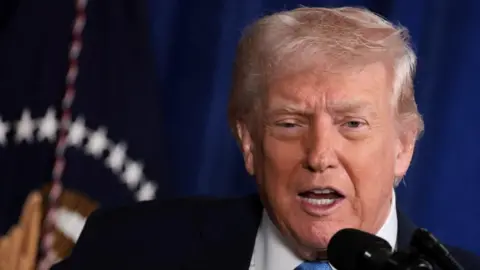 Reuters
ReutersDonald Trump has warned Venezuela’s new leader Delcy Rodríguez she could “pay a very big price, probably bigger than Maduro” if she “doesn’t do what’s right”.
His comments to US magazine The Atlantic came as the country’s deposed president…
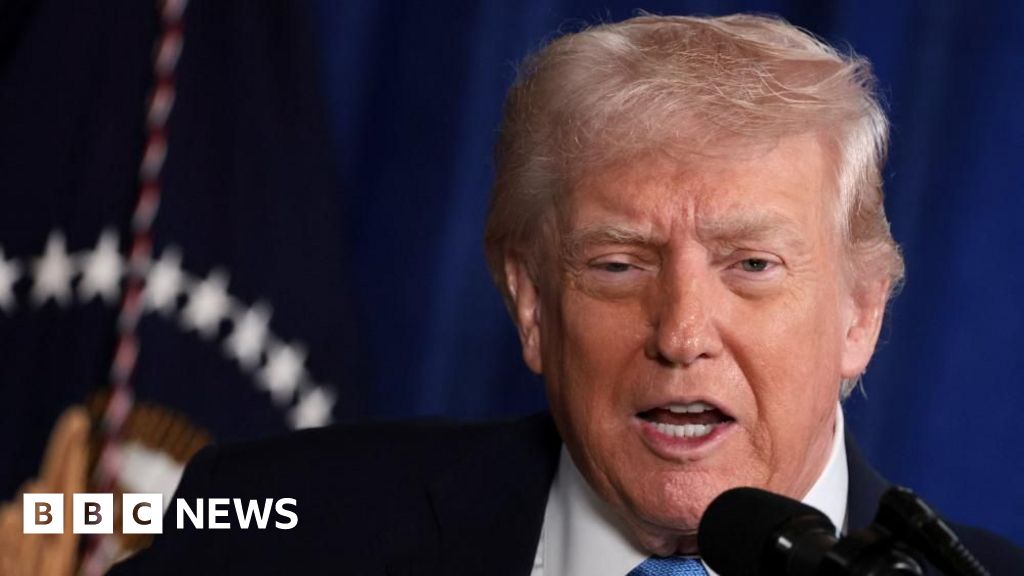
 Reuters
ReutersDonald Trump has warned Venezuela’s new leader Delcy Rodríguez she could “pay a very big price, probably bigger than Maduro” if she “doesn’t do what’s right”.
His comments to US magazine The Atlantic came as the country’s deposed president…
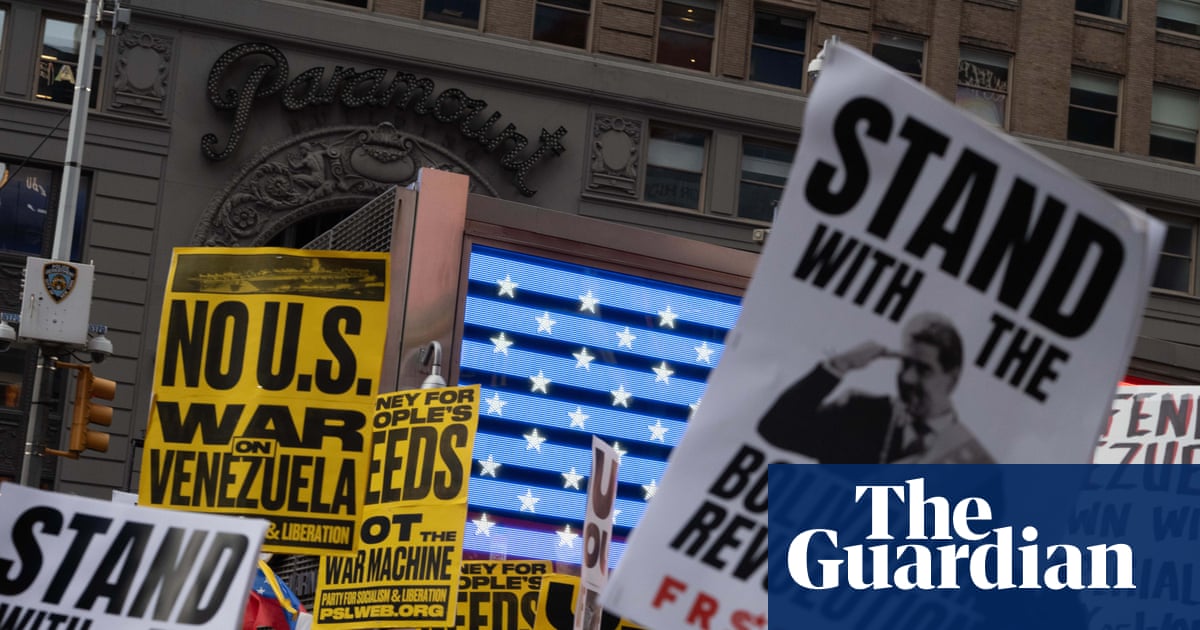
Protests bubbled up in several US cities over the weekend as people demonstrated against the Trump administration’s unilateral military intervention in Venezuela – even as many in the diaspora publicly celebrated the forced removal of…
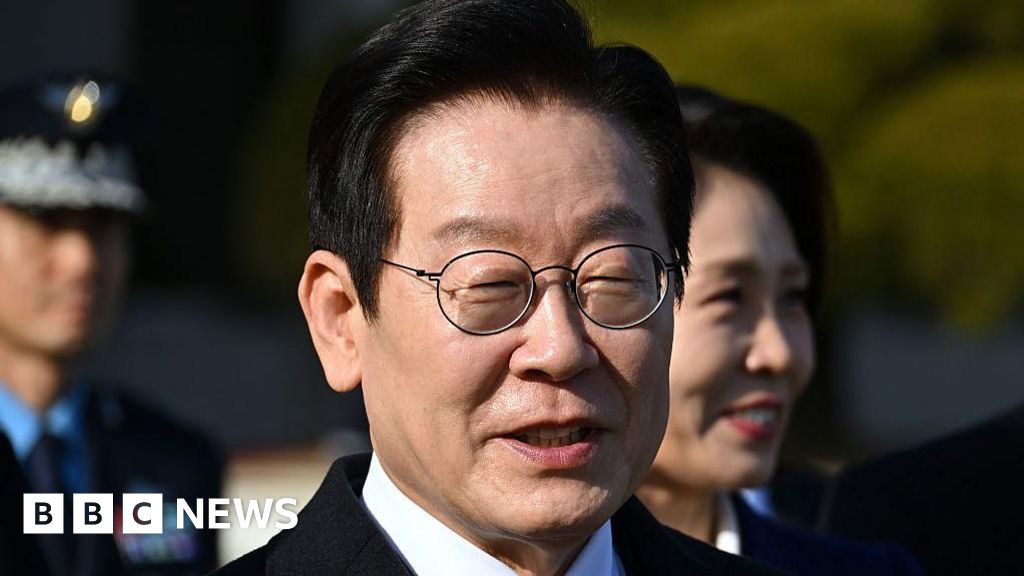
Jake Kwon,Seoul correspondentand
Koh Ewe
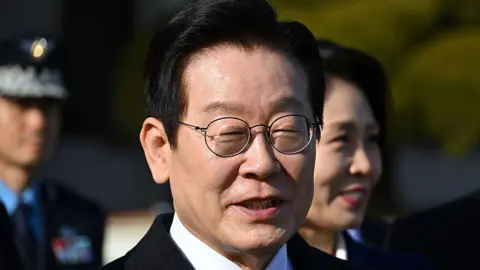 Getty Images
Getty ImagesSouth Korea’s President Lee Jae Myung is set to meet Chinese leader Xi Jinping as he seeks to reset frayed ties with his…
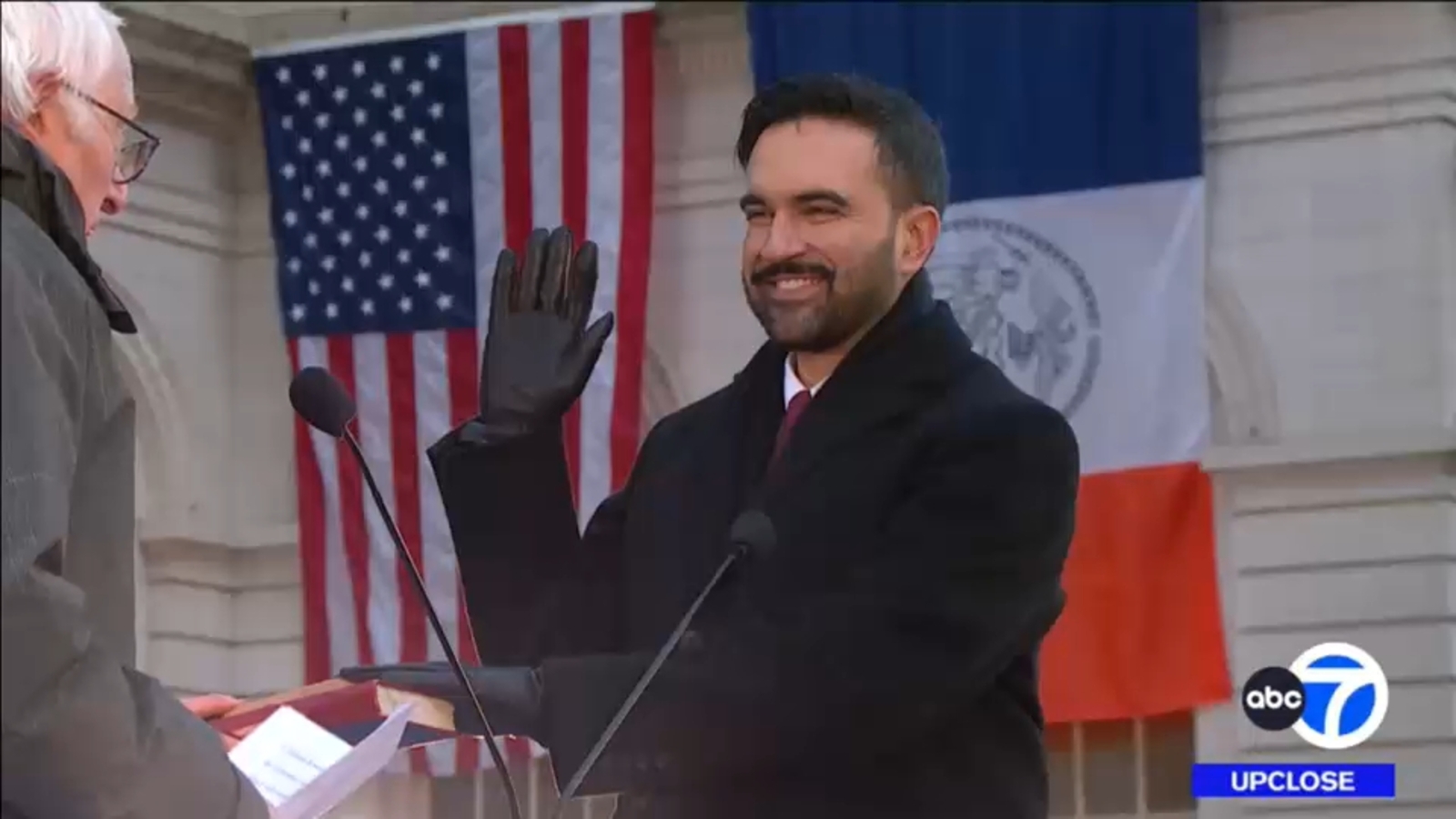
NEW YORK CITY (WABC) — On this edition of Up Close, we discuss reaction to the inauguration of New York City Mayor Zohran Mamdani and the road that lies ahead for him.
It is the start of a new era in New York City politics. Zohran Mamdani, a…
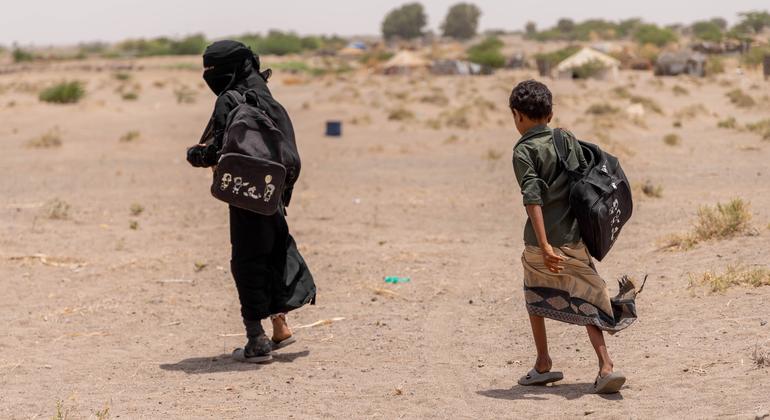
According to the December humanitarian update from aid coordination office, OCHA, Yemen’s 2025 Humanitarian Needs and Response Plan is just 25 per cent funded, forcing agencies to scale back life-saving services across all sectors, despite…

Sarah RainsfordSouthern and Eastern Europe correspondent, Crans Montana
 Reuters
ReutersIn the snow-dusted street outside St Christopher’s Church, hundreds joined a…
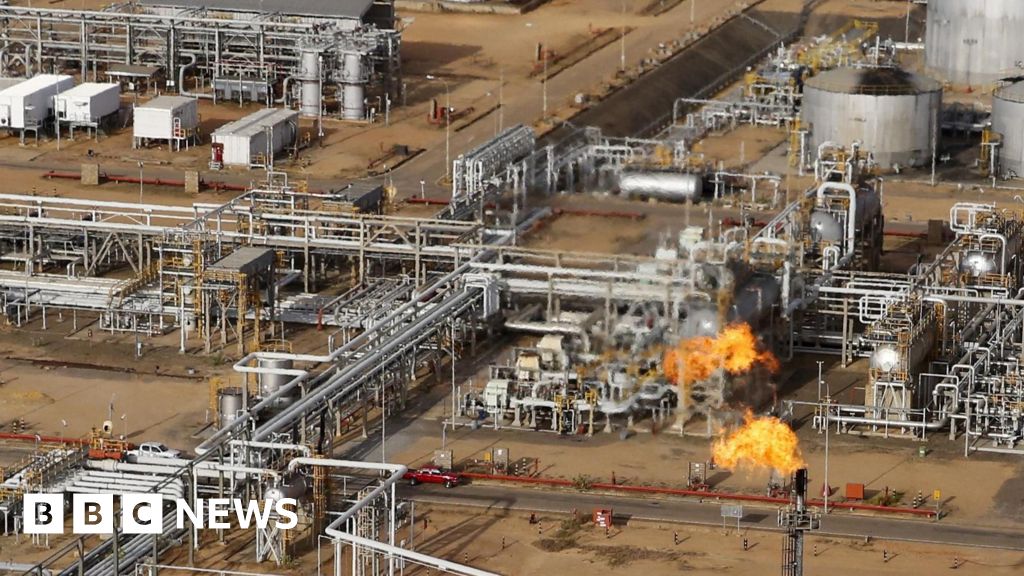
Archie Mitchell,Business reporterand
Natalie Sherman,Business reporter
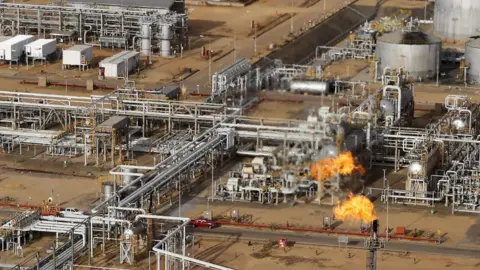 Reuters
ReutersDonald Trump has vowed to tap into Venezuela’s oil reserves after seizing President Nicolás Maduro and saying the US will “run” the country until a ‘safe’ transition.
The…

The first chants of “libertad” cut through the air well before dawn in Doral, the suburban Miami city where up to 40% of the population is Venezuelan. Hundreds of people, dancing, singing and waving Venezuela’s yellow, blue and red flag…
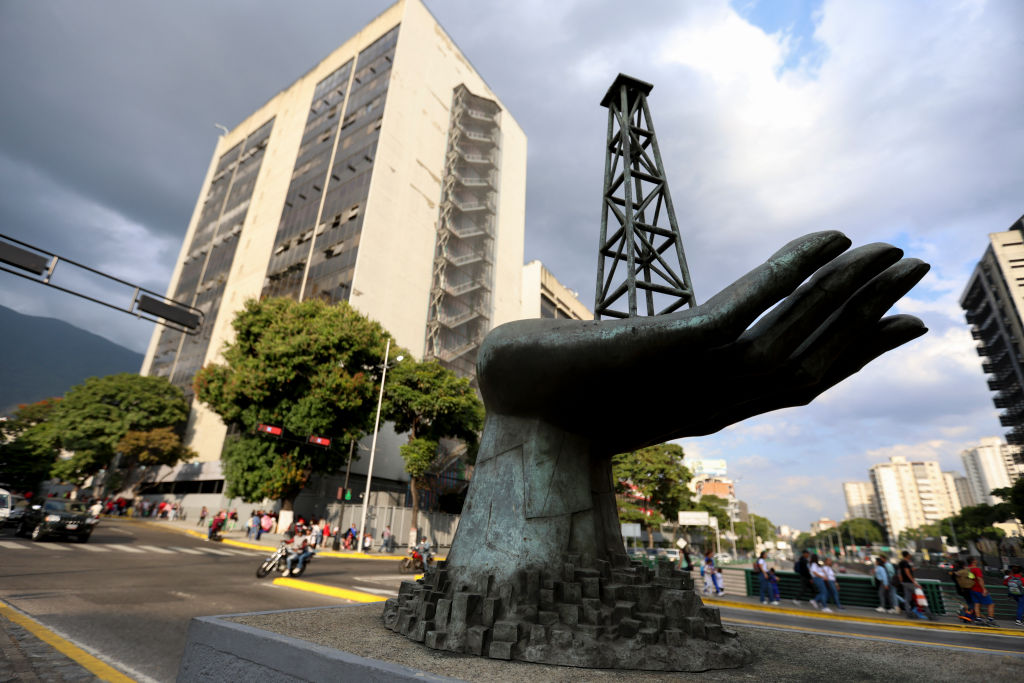
The capture of Nicolás Maduro by U.S. forces carries potentially dramatic consequences for Venezuela – including in its oil, gas and mining sectors. A partial recovery could come more quickly than some…